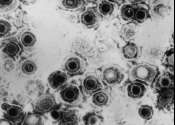Could villains clone themselves to take over the world?
If asked about clones, most people think of evil sci-fi characters. However, in real life, the word "clone" often has broader, far more positive applications. Just as office workers replicate documents by using copy machines, ...








